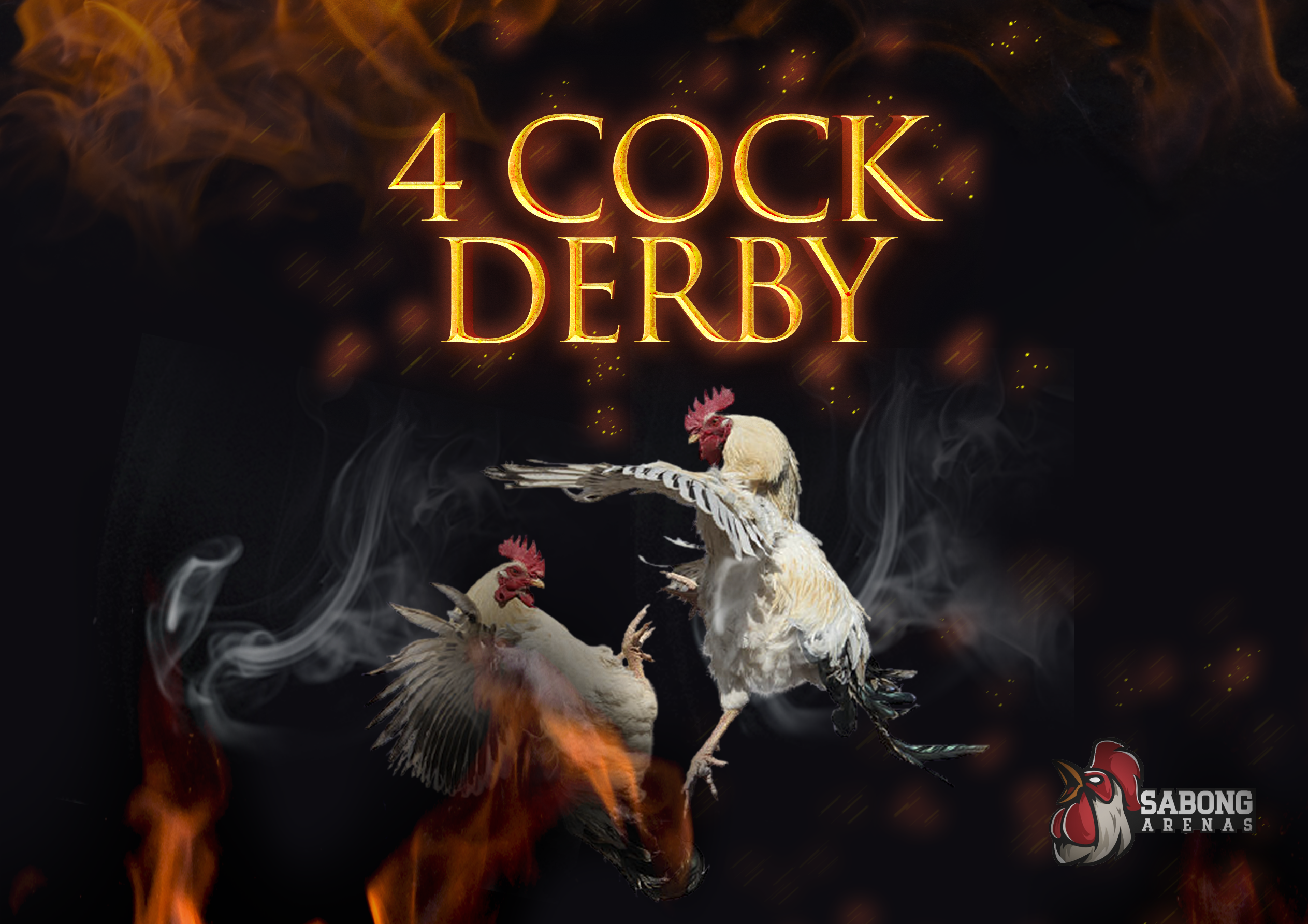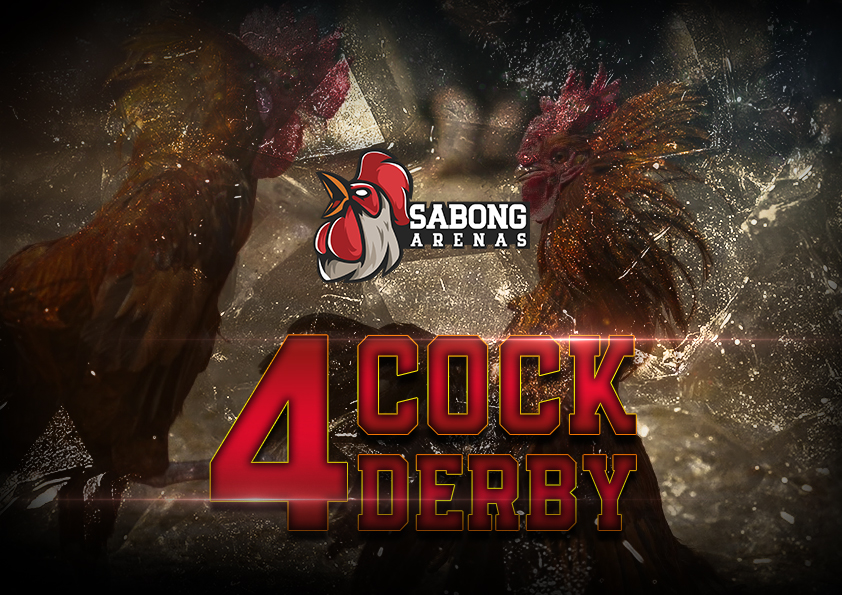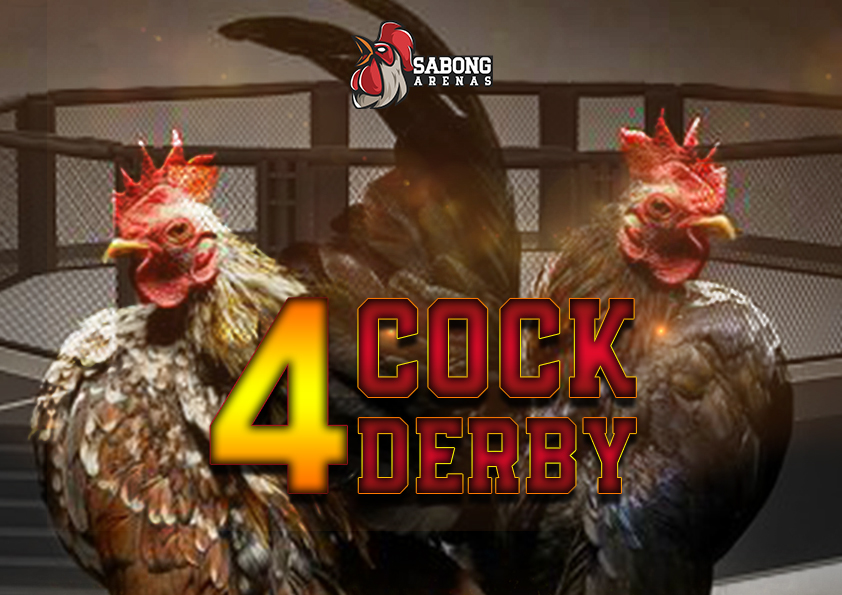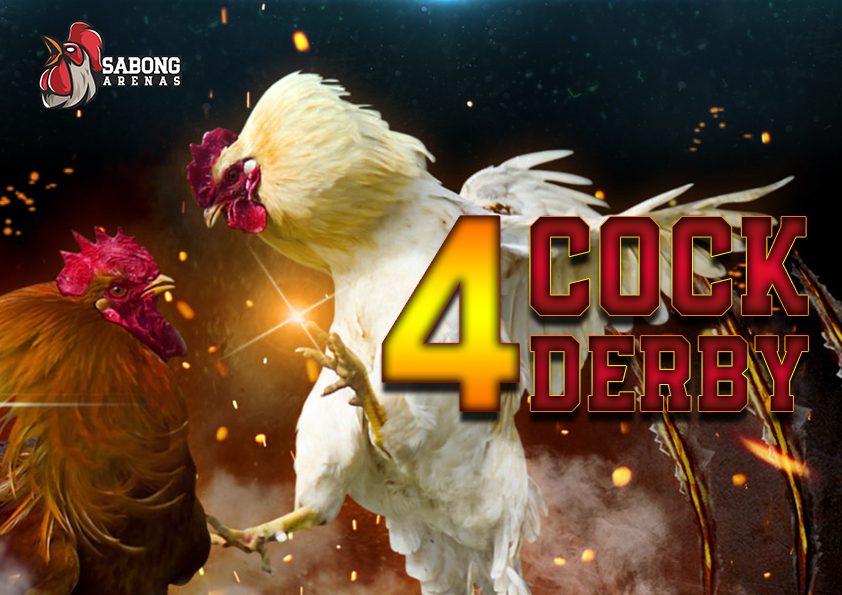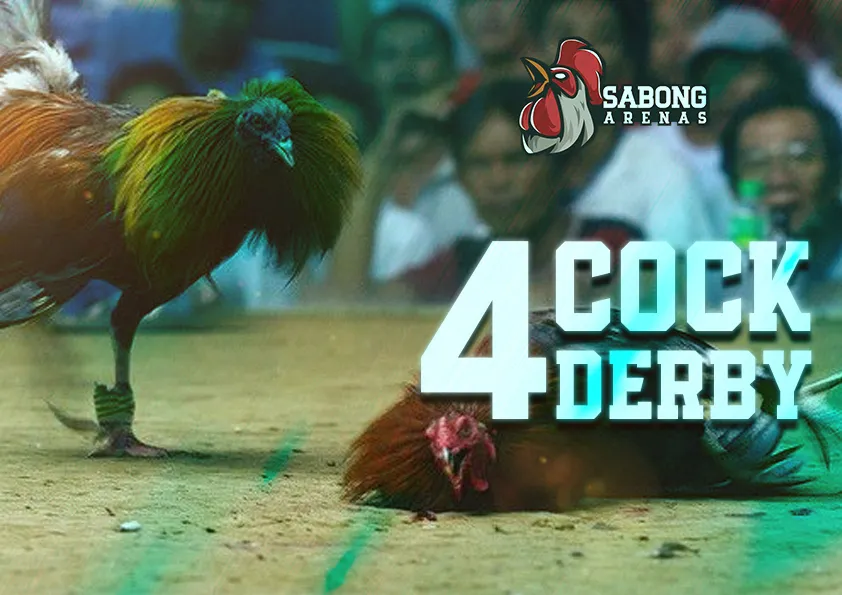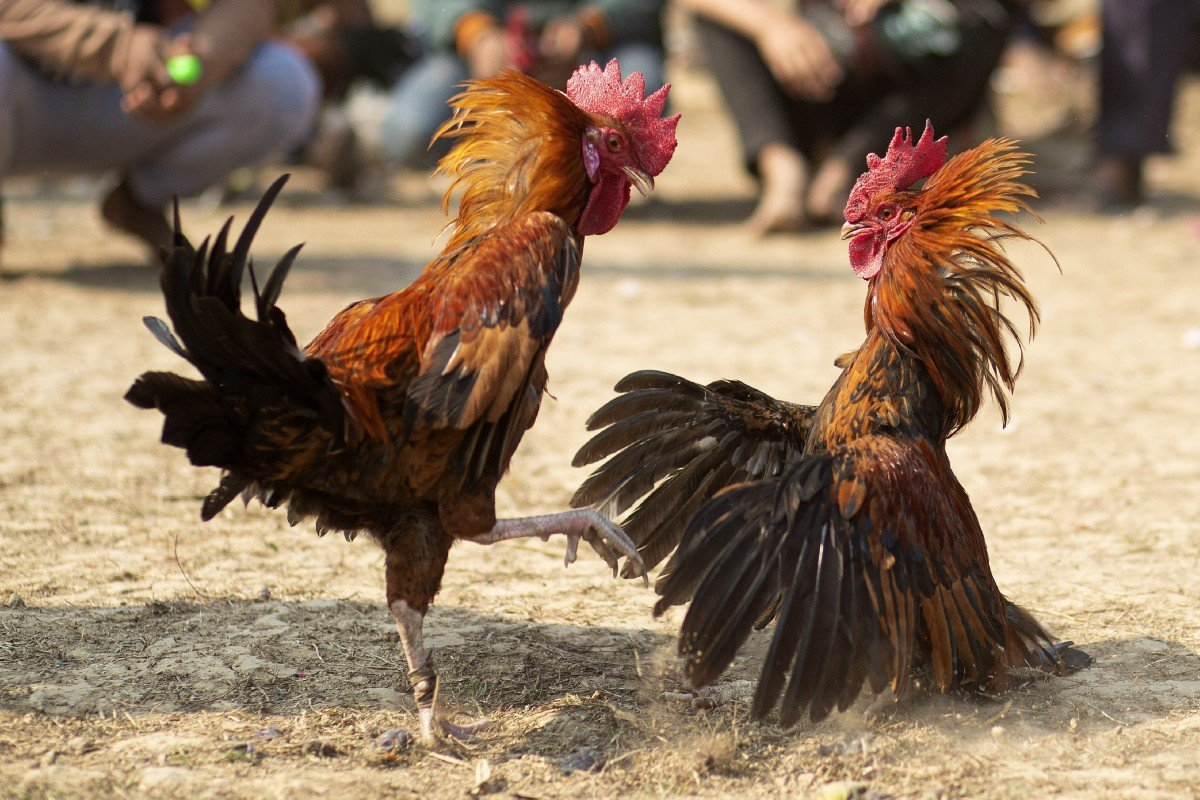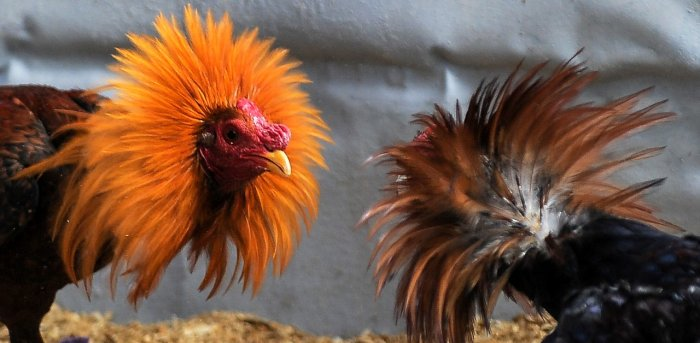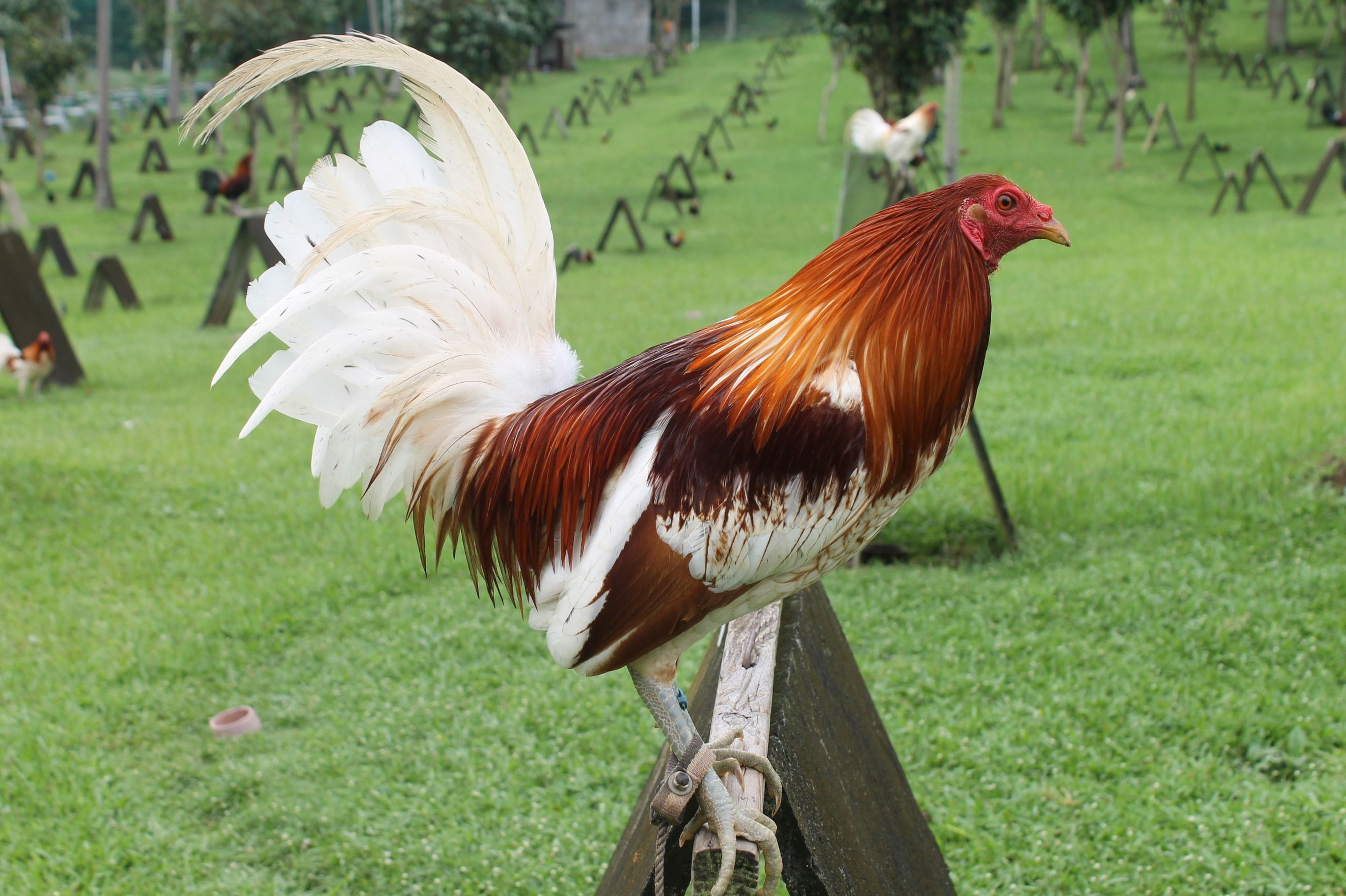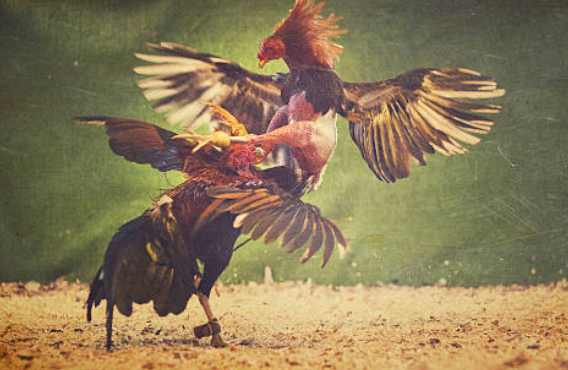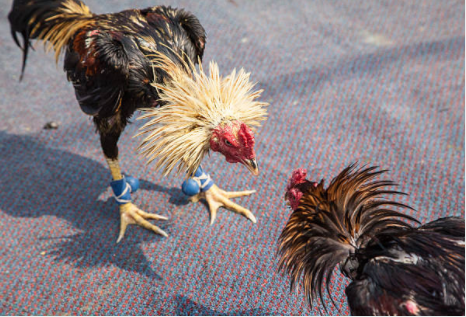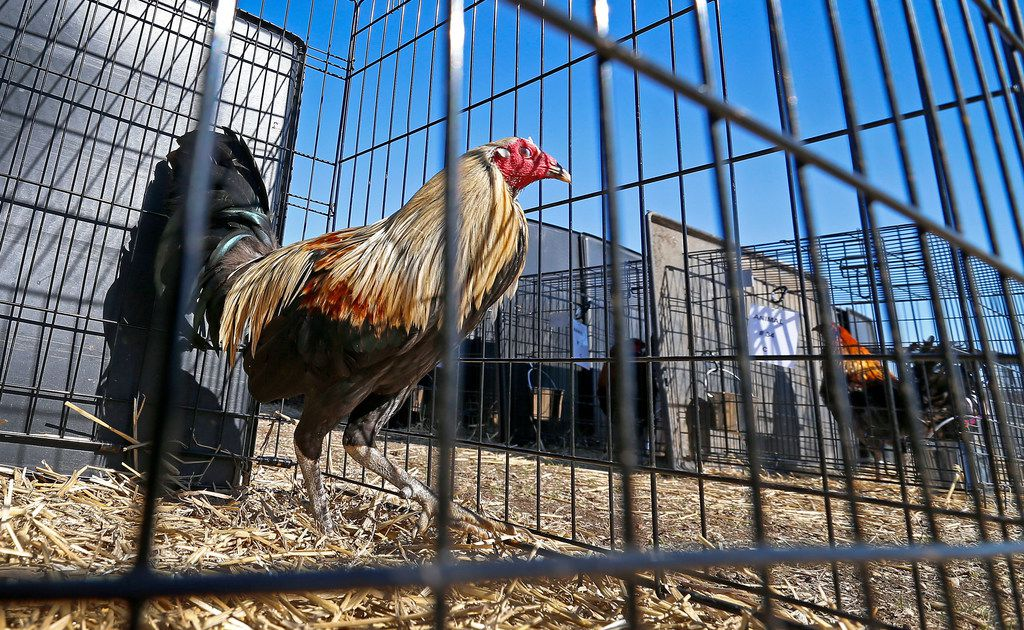Something to Crow About! – Cock-fighting is one of Thailand’s most popular activities (Sabong Arena)
Genre
Sabong Arena
Keywords
Cock-fighting
Article ID
00000254
This is something that goes back to the beginnings of recorded time. There are images of cock-fights surviving in fragments of Phoenician pottery from 3,000 years ago. The Ancient Egyptians loved such sports. It was the same with the Persians and the Greeks; the Greek general Themistocles used to hold cock-fights to inspire his troops. But the Romans found this all very curious and were astounded that rooster-eating was banned by the ancient Britons – they were bred and trained only to fight. Indeed, this was the reason that cock-fighting went on to become popular in Rome.
There’s something almost spiritual about roosters. They’re proud, fierce, handsome and majestic. In many cultures they’ve been attributed with demi- god status, and frequently used in divination rituals; a favourite of the Roman Oracles who weren’t at all happy when cock-fighting caught on. In Thailand, too, the roots of cock-fighting were closely linked with the honouring of ancestral spirits, as you’ll discover in a moment!
It’s difficult to convey quite how high-profile this activity is. Or used to be, at any rate. You have to keep it in mind that roosters are territorial and aggressive, as any farmer will tell you. ‘Cock of the roost’ is not a groundless term; put two cocks anywhere near each other and they will do battle with a vengeance. Many English kings were supporters of this ‘noble sport’, and Henry VIII even had his own royal cockpit at Whitehall Palace. This activity was considered to be England’s national sport for almost 150 years, and schools were set up to teach the finer points, including breeding, exercise, training and conditioning.
Cock-fighting thai culture
But today all of this has virtually disappeared. Our civilised societies cry out at the thought of animals being harmed; and who can argue with that. In fact, today, cock fighting remains possible only in a very few places; in Appalachian farmyards, Venezuelan favelas, Grand Canarian garages and Pakistani back yards. And it’s huge (although in theory illegal) in the Philippines. There, however, they really go to extremes, with long knife- blades bound to the roosters’ spurs, and it’s not thought to be fun if the loser isn’t slashed to death.
In Thailand many consider cockfighting to be the national sport – although fights to the death are now illegal, thanks to a law passed in 2014, and rarely ever happen. In fact all the roosters are supposed to have their spurs taped-up, and fights are won on points of technique which include persistence and bravery. It’s all very much a part of traditional Thai culture, with its origin having been tied to the very ancient ceremony of ‘faun phi’, a north-eastern tradition which honours ancestral spirits and encompasses cockfighting in a religious and symbolic context.
There’s also a Thai legend which describes how, in 1562, the young Prince Naresuan was taken captive by the Burmese. When he went to Burma he took with him his pet cockerel. The prince was well-treated, and would often pit his own cockerel against Burmese birds. And it is said that Prince Naresuan secured his early release by making a bargain that his rooster could beat the Burmese King’s champion, which in fact he did. The story spread and the sport was quickly taken up by the Thai Royal Court and nobility. But today it’s now the rural population and urban working classes who keeps it all very much alive.
The whole thing is a very serious business, and has been likened to ‘muay Thai’ (Thai boxing) in the fanatical way that fighters are selected, trained and conditioned – indeed, champion birds attract a cult following like their kickboxing counterparts, and there are several glossy magazines dedicated entirely to the sport. Plus it has to be said that these birds are in superb condition; big, strong, glossy, brilliantly-coloured, and highly alert. There are a lot of very influential people behind cockfighting, who benefit from the industry that has risen around it; from the feed supplements and hormones used to plump the birds, to the special wicker baskets they are reared in.
Cock-fighting cave
Bangkok has the nation’s biggest cock-fighting arena, holding up to 2,000 spectators, in Samut Prakan. But there are ten times that number engaged weekly, all over the city, in vacant lots and on waste-ground under the capital’s motorway bridges; anywhere that 50-or-so noisily- enthusiastic men can gather together uninterrupted. You know how in South America, living in a shanty town somewhere it’s every young boy’s dream to be the next superstar footballer? So it is with cockfighting in Thailand, with champion birds going on to be sold for millions of baht. Even though gambling is illegal, registered cock-fighting venues are exempt, and even the birds have to be registered and issued with an ID card. But, legal or not, gambling is an intrinsic part of the game everywhere, and money will furiously change hands after every bout – the known record here being an astonishing 22.2 million baht – some $630,000.
Closer to home, on Samui the scale of things is far less grand. As you tour around the island, if you get away from the ring-road you’ll quite often see the domed wicker cages which hold these gamecocks, alongside houses and out in their yards; there are a lot of them about. There are often impromptu fights in remote spots but also several stadiums, too. There’s one in Lipa Noi, near the Raja Ferry port and another in Lamai, the Saket Stadium, which also hosts buffalo fighting. There was additionally one more, in Mae Nam Soi 7, but their Facebook page has been dormant for a while now. So I guess that if it’s crowing cocks you’re after, it’s probably best to ask around!from samuiholiday

